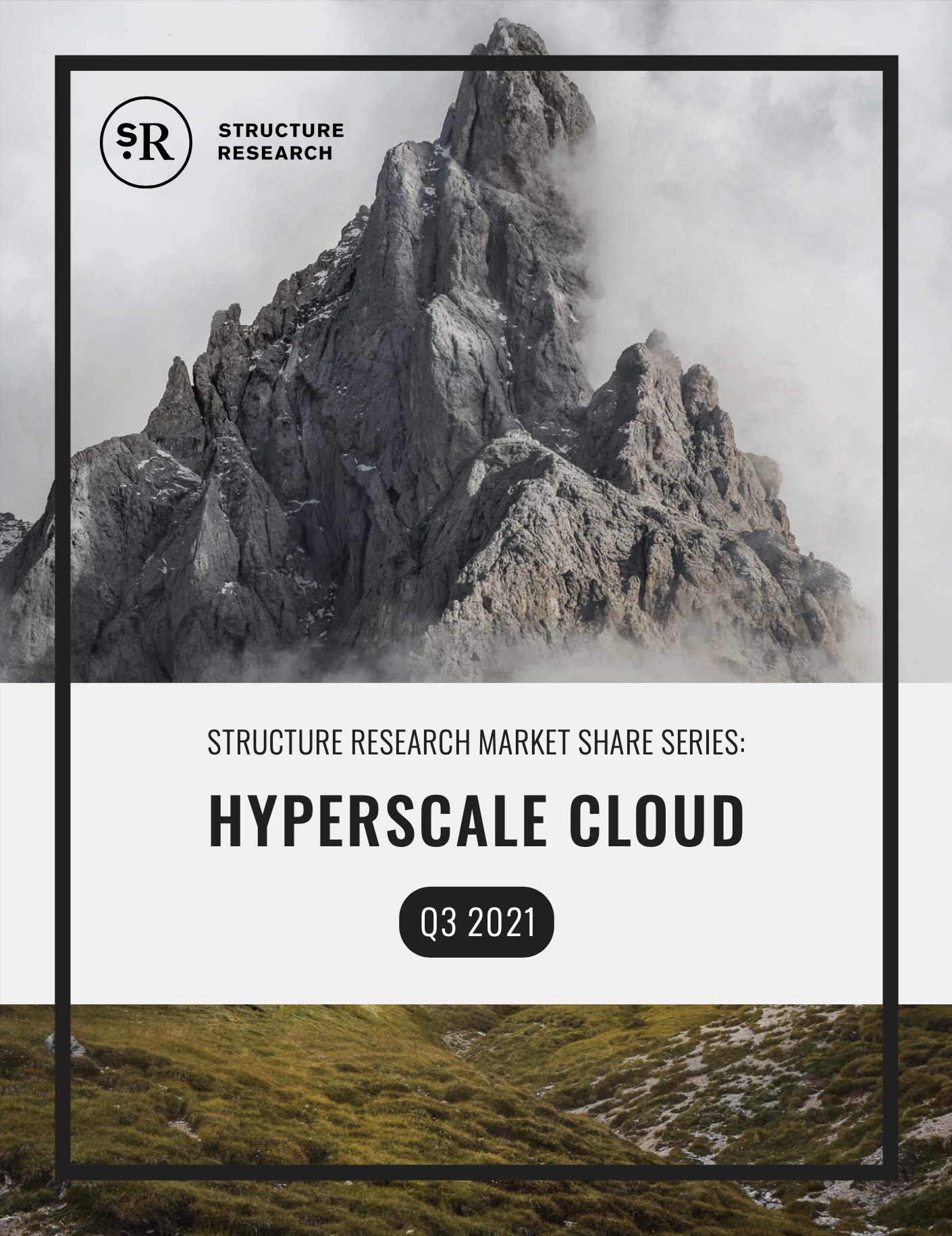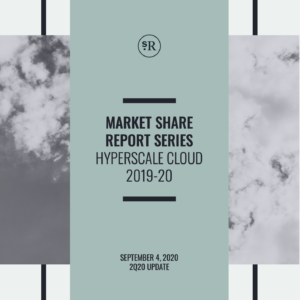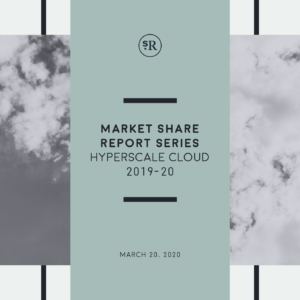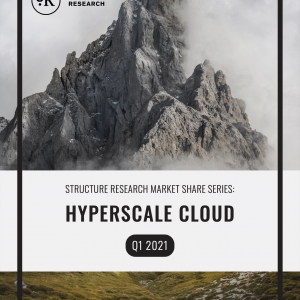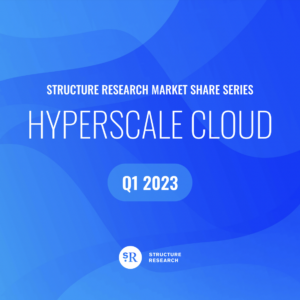Executive Summary
Hyperscale cloud continues to be at the centre of the thriving Internet infrastructure ecosystem. The second half of 2020 showed meaningful recovery after the pandemic-induced lulls and pushing into 2021, signs of acceleration soon appeared. Moving into the second half of 2021, acceleration within the category looks to have taken a firmer hold. The main driver of this acceleration is AWS. It has pushed into high gear and is growing at nearly 40% y/y coming out of the quarter. Microsoft Azure has shown remarkable steadiness and is growing at around 50% y/y and Google Cloud also showed signs of growth acceleration in 2021, pushing 55% y/y growth, though the recent quarter saw it succumb to some of the ups and downs of the enterprise buying cycle. Meanwhile, in APAC, Alibaba Cloud moved to more solid ground after a few weaker quarters, while Tencent Cloud is expanding its footprint and showing various healthy indicators. Given the context, we have adjusted our growth projections back up again after slightly more conservative numbers last quarter.
What is often understated is the upside still remaining in the public cloud business. Global expansion will see hyperscale reach dizzying heights and the cloud-based tools and services that organizations increasingly make use of are driving existing customer growth and contributing to improving margins. There is also a fundamental shift in cloud adoption happening on the ground. Heavily impacted by the pandemic and the emerging new normal, organizations are understanding the need to scale and remotely manage, while also learning about and making more use of the many capabilities that cloud platforms deliver. These dynamics are at the core of the growth acceleration taking place, while simultaneously drawing in new adopters attracted to the value proposition of cloud computing and further juicing demand.
Hyperscale cloud is also at heart of the wholesale data centre business. As requirements climb and hyperscalers enter new markets, data centre capacity is at a premium. Colocation remains a popular option even as hyperscalers look to self-build in certain instances. The self-build cuts away at the total addressable market for colocation, but this is being offset by uptick in requirements driven by other platforms (Xbox, LinkedIn, Microsoft 365, Google Workspace), the re-platforming of applications that were built on legacy infrastructure (YouTube, Outlook. com) and the skyrocketing multi-MW requirements of network and cloud on-ramp nodes and edge computing scenarios.
This report provides comprehensive growth rate projections and total revenue estimates for the world’s nine hyperscale cloud platforms on a five-year basis. Included are geographic splits and a total market summation. This latest version also features a refresh of our hyperscale cloud region and interconnection node tracking. Hyperscale cloud is projected to reach ~$567b in value in 2026, with a five-year CAGR of ~36%. This represents a significant uptick from our last quarterly update.


